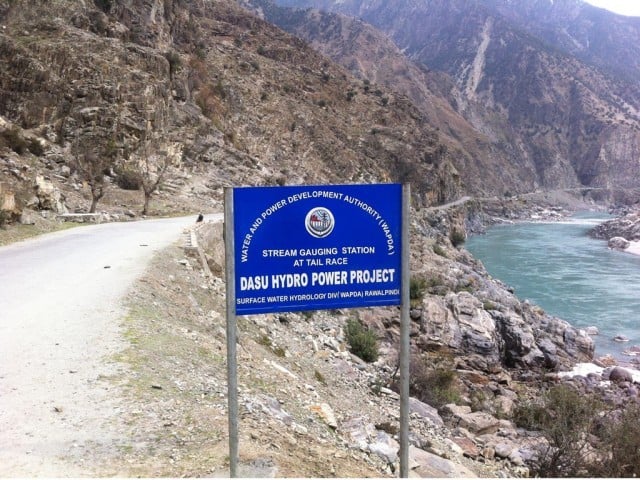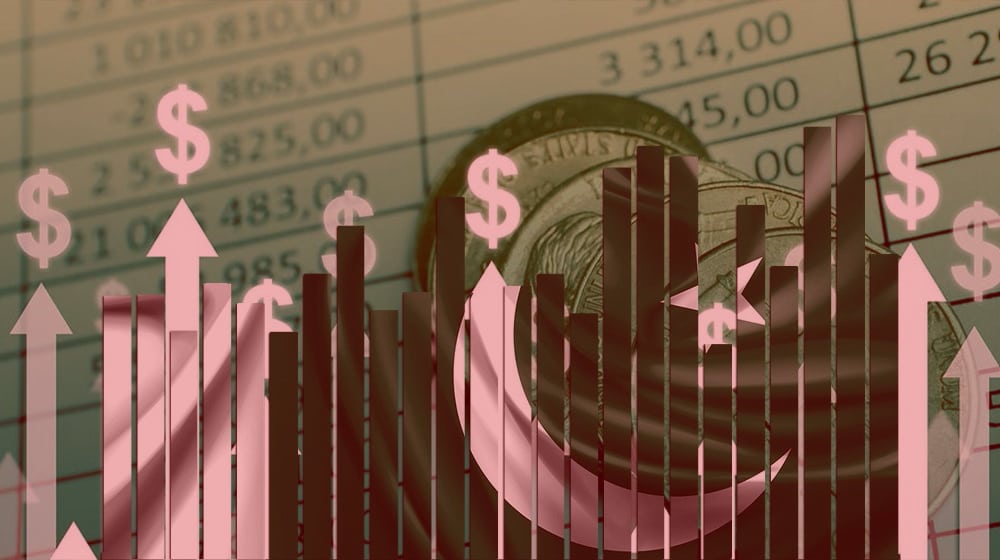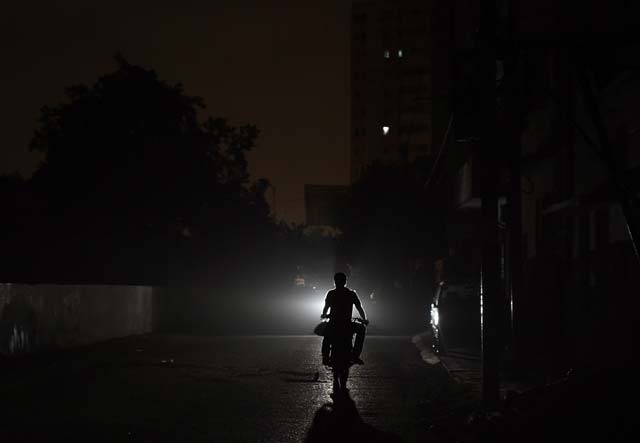PTBP Web Desk
Pakistan’s domestic auto industry is facing growing challenges as the surge in imported used vehicles threatens local manufacturing, employment, and the country’s financial compliance framework. Recent data from the Engineering Development Board (EDB) and industry associations reveal that the market share of imported used cars has skyrocketed from an average of 7.5 percent between 2020 and 2023 to 20 percent in 2025.
The Pakistan Association of Automotive Parts & Accessories Manufacturers (PAAPAM) estimates that local vendors are losing between PKR 48 billion and PKR 60 billion annually due to declining demand for domestically produced components.
Industry experts warn that if the current trends persist, the share of used car imports could rise to 50 percent, meaning one out of every two cars sold in Pakistan would be a used import. This surge would effectively sidelined domestic assembly lines, shrink local production capacity, and undermine years of progress in localization and technology transfer.
The rise in used vehicle imports has sent shockwaves through Pakistan’s auto-parts industry, which is the backbone of the country’s manufacturing sector. Each imported car replaces approximately PKR 1.5 million worth of domestic parts, directly impacting small and medium-sized enterprises (SMEs) supplying the auto sector. Many of these SMEs are now facing idle capacity, financial strain, and the risk of closure, reversing decades of industrial growth.
The human cost of this policy distortion is significant. Pakistan’s auto-parts manufacturing sector directly employs around 300,000 workers and supports an additional two million indirectly—making it one of the largest employment sub-sectors in manufacturing.
Industry officials warn that “with every used vehicle that enters the country, many blue-collar jobs are effectively lost.” This highlights the direct link between used car imports and employment losses in the local economy.
The surge in imports has also led to the misuse of various import channels, such as the “gift,” “baggage,” and “transfer of residence” schemes, enabling under-invoicing, mis-declaration, and tax evasion. Authorities have expressed concern that part of the payments for these vehicles is being routed through hawala/hundi systems, fueling capital flight and undermining Pakistan’s compliance with international financial watchdogs like the Financial Action Task Force (FATF).
The government recently imposed an additional 40 percent regulatory duty on commercial imports of used cars, which is planned to be gradually reduced to zero by 2028–2029. However, industry experts warn that another wave of commercial-scale used car imports is expected despite these measures.
Efforts to merge multiple import schemes into a single, tightly monitored framework to curb misuse were reportedly not approved, leaving the sector vulnerable to continued policy gaps.
Industry representatives emphasize the urgent need for structural reforms to safeguard the local auto industry and preserve jobs. A senior PAAPAM official said:
“We must decide whether Pakistan wants to remain a dumping ground for second-hand vehicles or build a robust, self-reliant auto manufacturing base. The government’s vision to increase local manufacturing cannot succeed if such large-scale displacement of domestic value addition continues unchecked.”
The official warned that without immediate reforms, local vendors and SMEs may continue to bear the brunt of market distortions caused by imported used cars.
As policymakers prepare the new Auto Industry Policy (2026–31), all eyes are on Islamabad to determine the future trajectory of Pakistan’s auto sector. The upcoming policy is expected to address:
- Stricter import regulations to protect domestic manufacturing
- Incentives for local assembly and auto-parts production
- Employment preservation measures
- Strengthening compliance with financial and tax regulations
The decisions made in the next few months will be crucial in deciding whether Pakistan’s auto industry experiences industrial revival or decline.




